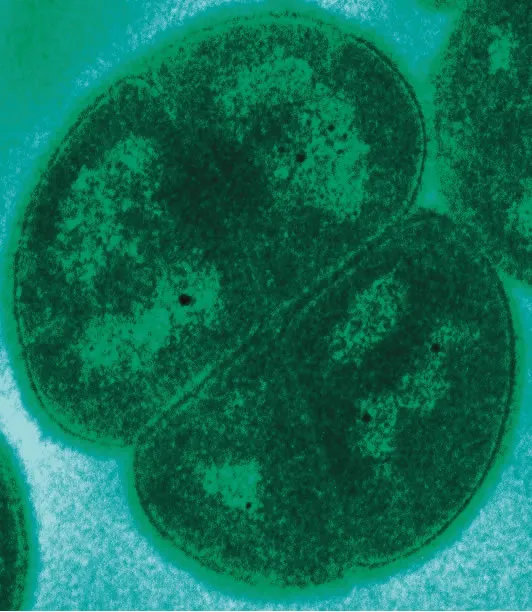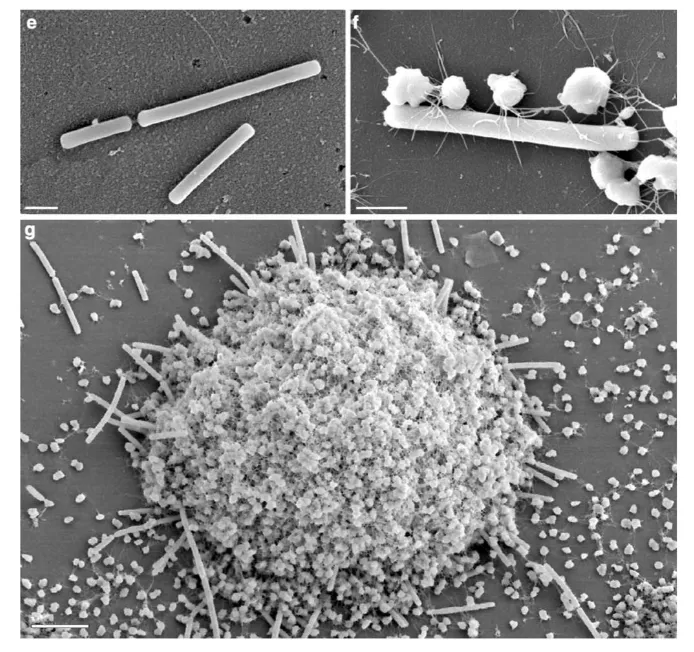I found myself the other day playing with BARD for the the first time. For those of you unfamiliar with it, it's Google's answer to Chatgpt, with the added benefit that it has direct access to the internet.
We "talked" about various stuff and eventually our discussion stirred to the topic of extremophiles, which are organisms that can survive in extreme environments. And by extreme we mean really, really extreme. Environments that would kill humans in minutes if not seconds:
An extremophile (from Latin extremus 'extreme', and Ancient Greek φιλία (philía) 'love') is an organism that is able to live (or in some cases thrive) in extreme environments, i.e. environments with conditions approaching or expanding the limits of what known life can adapt to, such as extreme temperature, radiation, salinity, or pH level. source
So after Bard educated me about some really interesting microorganisms I asked him this
What do you think is the most extreme extremophile ?
Here's what he came up with
The most extreme extremophile organism is the Deinococcus radiodurans, also known as the "world's toughest bacterium." It is a microbe that can survive in extreme cold, drought, thin air, acid, and even radiation. It has even been found on the walls inside nuclear reactors, where the radioactivity would be instantly fatal for humans.
Sounds like a real bad ass, that can resist pretty much everything. There is even a special term for it, polyextremophile.
Due to its hardiness it has been nicknamed as Conan the Bacterium, hence the title of this post.

A tetrad of D. radiodurans source
The species was first discovered in 1956 by Arthur Anderson at the Oregon Agricultural Experiment Station in Corvallis, Oregon during a series of experiments that surprise surprise... were believed to kill everything 😂
A tin of meat was exposed to a dose of radiation that was thought to kill all known forms of life, but the meat subsequently spoiled, and D. radiodurans was isolated.
What is imo even more mind-blowing is that this fucker can survive in outer space
In August 2020, scientists reported that bacteria from Earth, particularly Deinococcus radiodurans bacteria, were found to survive for three years in outer space, based on studies conducted on the International Space Station (ISS).
The existence of such an organism suggests that the theory of panspermia may be true to an extent. Who knows.. Maybe we all are descendants of a bad ass microorganism like this that simply refused to die.
To give you an example, a series of experiments showed it could potentially survive on the surface of Mars for millions and millions of years
However, the new tests, in which the microbe was frozen and dried out to mimic the cold and dry conditions on Mars, suggested that Conan the Bacterium would be able to survive 280 million years on Mars if buried at a depth of 33 feet. This lifespan is reduced to 1.5 million years if buried just 4 inches (10 centimeters) below the surface, and just a few hours on the surface, which is bathed in ultraviolet light. source
Anyways, if you found this little fucker fascinating just head over to wikipedia to learn more about it.
While playing with BARD I learnt about another fascinating little fella. Thought boiling water can kill all microorganisms?
Well think again!
When it comes to putting all stat points to heat resistance, the record goes to a species of archaea called Methanopyrus kandleri.
First discovered in 2008 in a deep-sea hydrothermal vent in the Mariana Trench growing and reproducing in temperatures up 122°C (252°F). Whereas experiments have shown it can survive for short periods of time at temperatures of up to 131°C (268°F).
Ok, enough fascinating shit for today, see you soon with more wonders from the world of nature
Further Reading
